Ruben Arakelyan: "It’s All About Logistics"
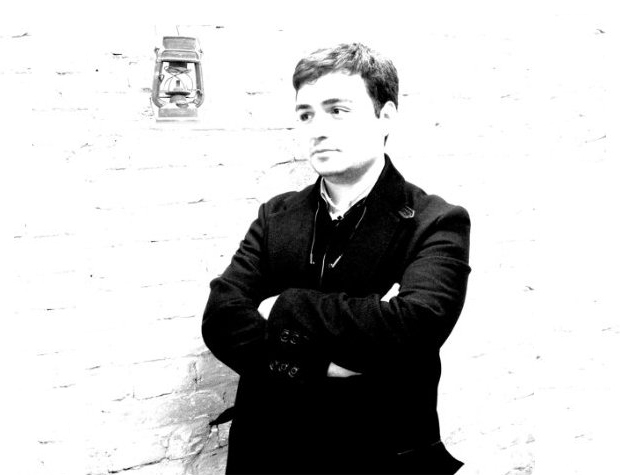
We talked to Ruben Arakelyan, co-founder of the WALL architectural bureau and former Chief Architect of the Project Meganom bureau. The architect told us more about the functions modern stations have and how they improve mobility and social control through the example of the Tekhnopark station that he designed.
— Let’s discuss the Tekhnopark station pavilion project.
— When it comes to transportation infrastructure facilities, the harmony of the concept, its proper integration is what matters the most. In this particular case the station also defines the image of the future technological cluster.

Our task was to design the pavilion for the platform whose spatial concept has already been approved by the metro authorities. We decided to make the design as neutral as possible, almost unidentifiable, reflecting the innovative atmosphere of the ZiL area redevelopment process.
The station is airy and permeable, with two entrances and several process areas and staff rooms. We came up with the concept of a metal façade with different perforation patterns: the mesh will be larger where the pavilion faces the technological park square and smaller where it’s partially obstructed by the transit hub to be built at the Andropov Avenue.
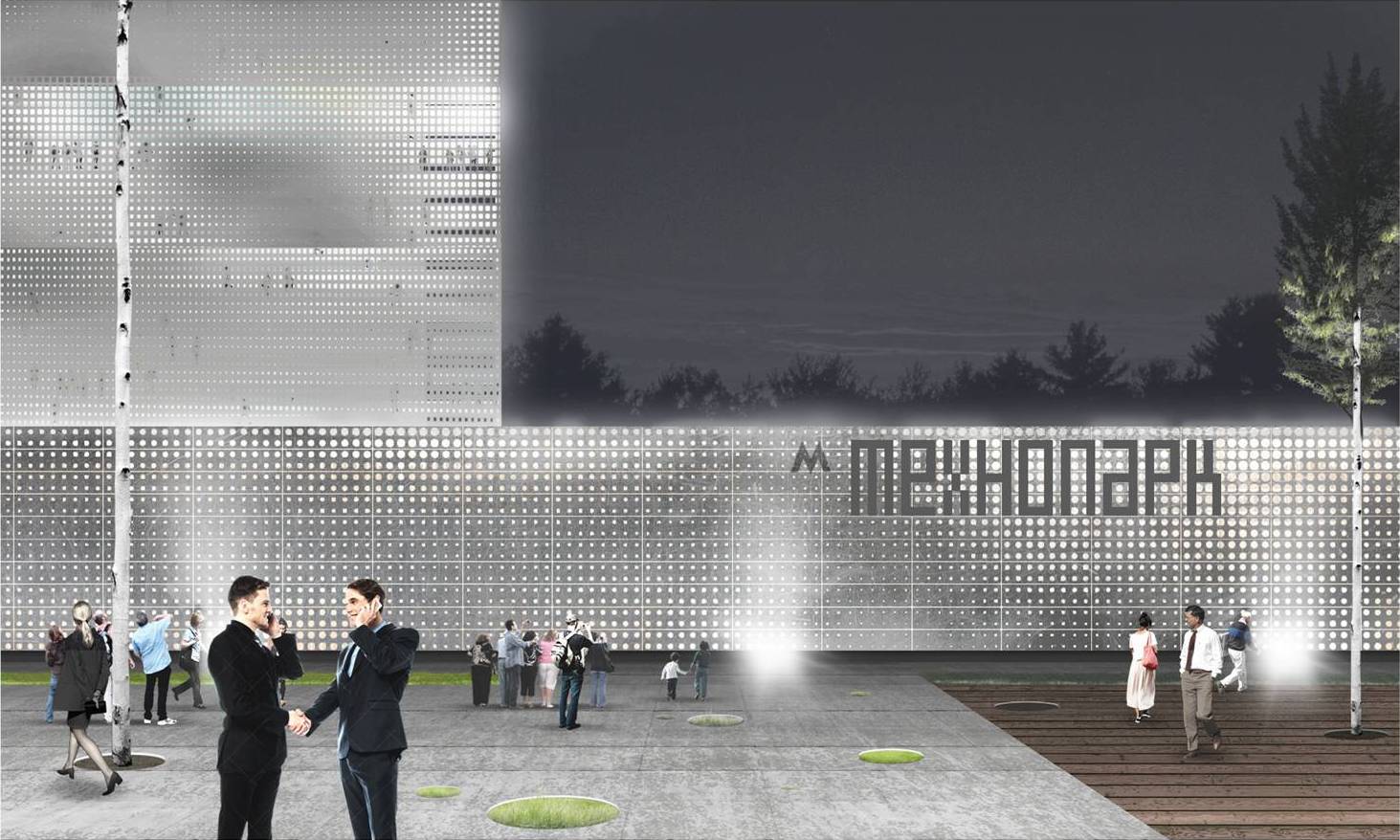
— Will the station be part of this future hub?
— Absolutely. It was important to integrate the station into the transit hub project, to create a unified system. We brought it all together by using the same paved ‘ground‘ and design style. For now the transit hub is present in the project as a provisional thin plate that faces the Andropov Avenue. Since Tekhnopark is an open surface-level station, we wanted to surround the tracks with trees and turn them into a green artery, as if the passengers were in a park.
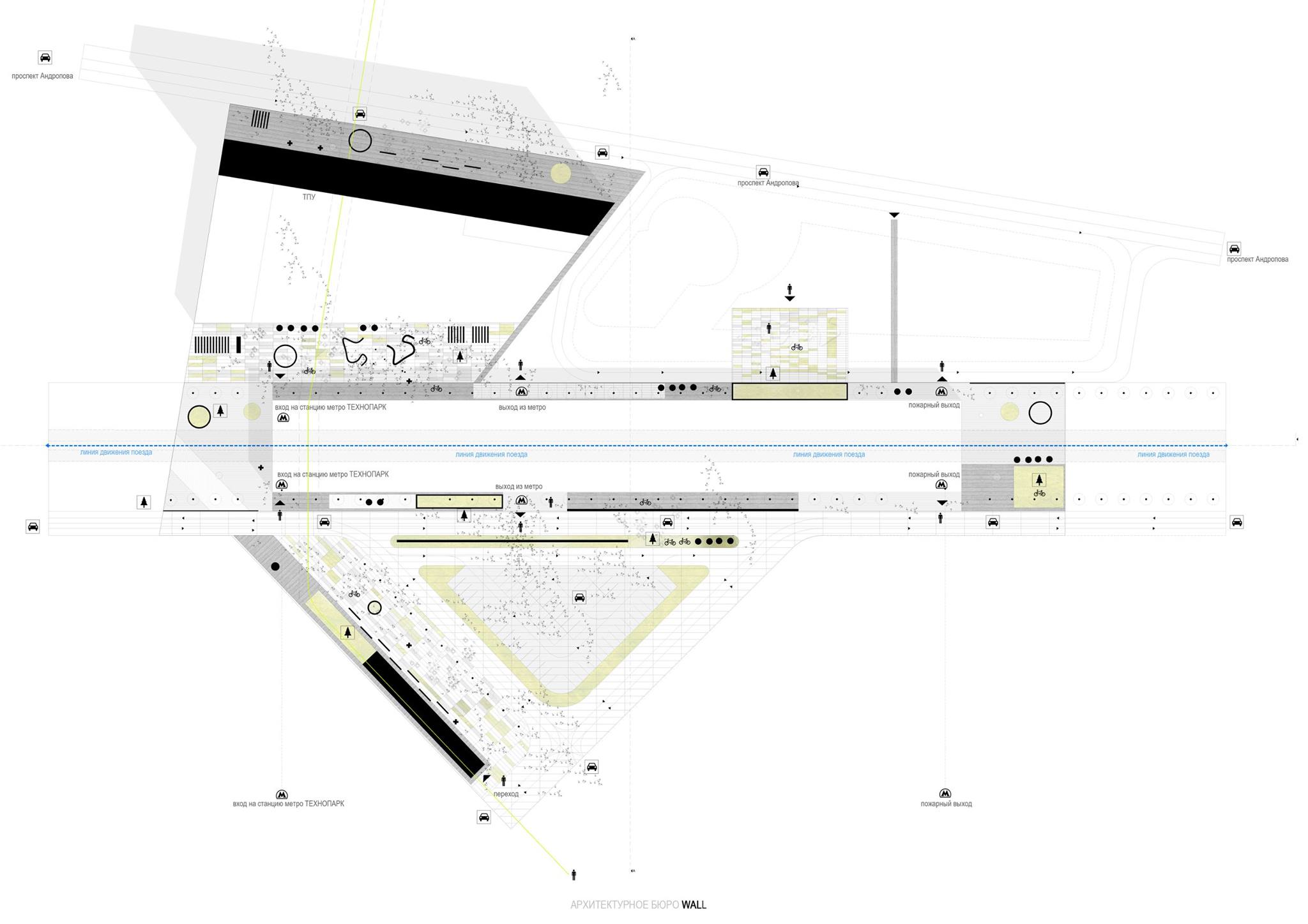
— What needs to be done in order to create an efficient transit hub? What should they look like?
— It’s all about logistics. If a facility is properly integrated, it looks good. What’s important is how the transit hub is connected with the city, how people move from one mode of transportation to another. The hub’s look is secondary if the passengers’ movement patterns are well thought and convenient.
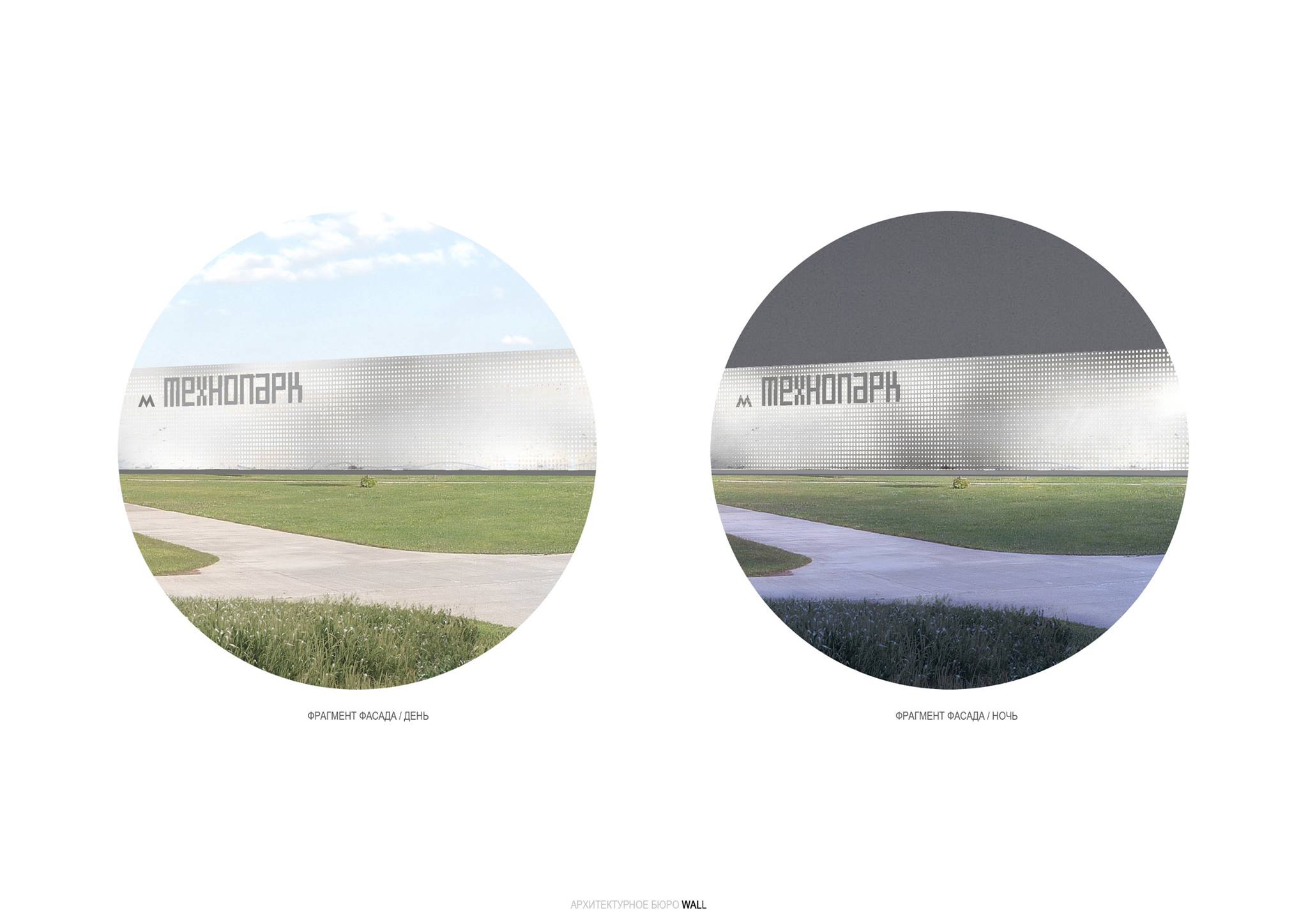
Another important thing, in my opinion, is the location. Transport hubs should be located only where they are really needed; otherwise they create problems instead of solving them. If we take a look at Tekhnopark, I think this location is perfect for a hub: future generations of scientists will be able to leave their cars there and switch to the public transportation.

— What other functions should transit hubs have?
— In other countries metro stations are usually integrated into office buildings or commercial centers. It makes no sense to me to have free-standing metro stations any more. When there’s a café, a library, a museum or a restaurant nearby, but the station is free-standing, it ends up being excluded from the space’s logistics. As a result there are gaps and voids in the urban space. Such stations are isolated and hard to access, with negative environment and unauthorized trading happening all around them.
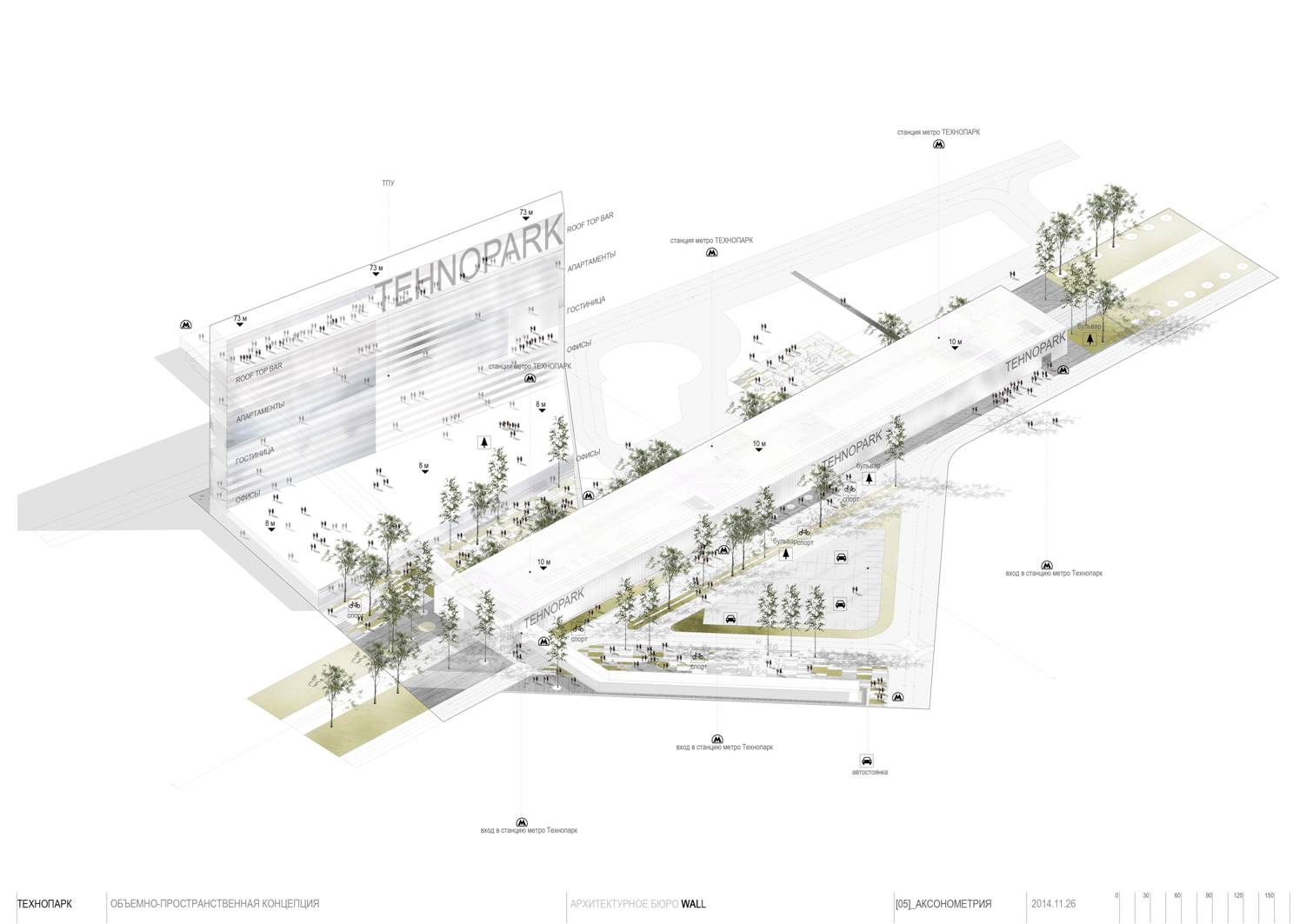
In Tekhnopark’s case we had this idea of creating a single ’platform", a public ground floor with a metro station, a mall, a museum, a co-working space, maybe even an art cluster, with offices and hostels above it. So if one lives there, one can come down and get to the technological park right away or just as easily get to the station to go someplace else.

— What can be done to increase the so-called social control near the stations?
— The unsafe environment is often created by the station’s inaccessibility. If a station has an open planning and there is a café or a library nearby, people can see what’s happening and then it’s a different story. A lot of activity nearby equals
- Tags:
- Ruben Arakelyan |
- Tekhnopark |
- transport and metro




